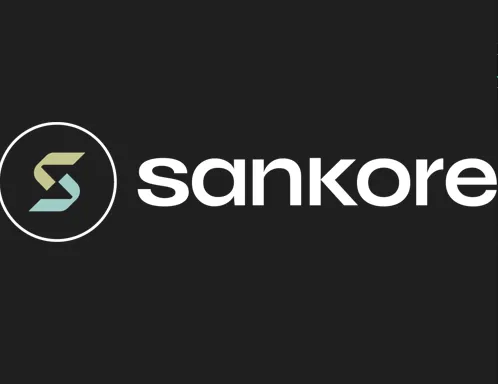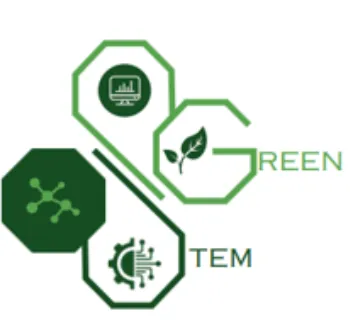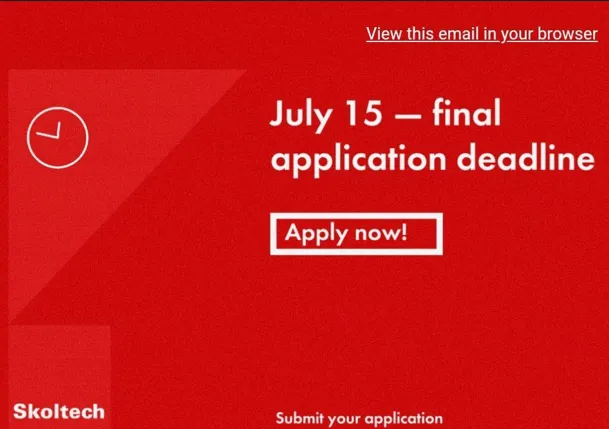Preparation Guide for 2025 Full Funding Scholarship
Securing a full funding scholarship for your studies can be a game-changer, but the process can seem overwhelming. Fear not, though! With proper preparation and strategic planning, you can navigate this journey smoothly.
Table of Contents
Here is a guide to get you started on your path to a fully funded scholarship in 2025.
Things You Need to Prepare for 2025 Full Funding Scholarship
1️⃣ Get Your Documents Ready
1. 📝 Degree Certificate and Transcript
First things first, you’ll need your degree certificate and transcript. If your degree certificate isn’t available yet, request your sessional results with all your grades from each level or ask for an official transcript from your institution.
2. 👨 International Passport
Ensure your international passport is valid and up to date. This is crucial for all international applications.
3. 📰 IELTS/Letter of Proficiency
While some schools may not require IELTS, having a good score can give your application an extra edge. If you have the chance to take the test, go for it.
4. 📄 Academic CV
A generic CV won’t cut it. Tailor your CV to fit each specific scholarship you’re applying for. Highlight relevant experiences and achievements that align with the scholarship’s goals.
5. 📃 Recommendation Letters
Typically, you’ll need 2-3 recommendation letters. Avoid generic ones. Request letters that are specific and relevant to your application.
6. 📄 Motivation Letter (or SOP/Personal Statement)
This is your moment to shine. Be authentic and compelling in your motivation letter or statement of purpose (SOP). Explain your passion, goals, and why you deserve the scholarship.
7. 🔬 Research Proposal for Masters/PhD
For those pursuing advanced degrees, a detailed research proposal is crucial. Ensure it covers:
- What are you going to research and why?
- Current state of research on the topic
- How you plan to conduct your research
- Expected findings and contribution to existing knowledge
8. Publications for Masters/PhD
Publications are essential, especially for those with a lower GPA. They demonstrate your research capabilities and commitment to your field.
📂 Pro Tip: Create a folder named “Scholarship Application Package” and store all these files in respective subfolders for easy access.
2️⃣ Application Process
Once you have gathered these documents, head over to the university websites you intended to apply to. Browse through their application requirements, cross-check them with what you have, and start your applications.
💡 Scholarships or Graduate Assistantships
Check if the scholarship or assistantship requires a separate application. If it does, ensure you work on that as well.
For Masters and PhD (USA and Canada)
Get a Professor/Supervisor:
- Visit your course page and look for lecturers in your department.
- Identify those whose specializations match your research plan.
- Reach out via a well-researched and personalized cold email. Attach your well-written Motivation Letter, CV, and, if possible, a Research Statement.
💡 Important: Contact as many schools and supervisors as possible. Only applying to one school is risky. Start sending cold emails now because funding priority admission is typically from August to November.
💡 Tips for Low GPA Applicants
If your GPA is low, don’t worry. Scholarships and graduate funding aren’t just for first-class students. Here’s how to improve your chances:
- Online Courses: Take online courses related to your future course.
- Software Tools: Learn relevant software tools to give you an edge.
- Compelling SOP: Focus on your strengths, achievements, and reasons for choosing the course.
- Voluntary Organizations: Join organizations related to your future course.
- Necessary Tests: Get required test scores like SAT for undergraduates, GMAT/GRE for graduates.
By following these steps and preparing thoroughly, you’ll be well on your way to securing a full funding scholarship for 2025. Good luck!
Credit: Christie Cherry 🚀






